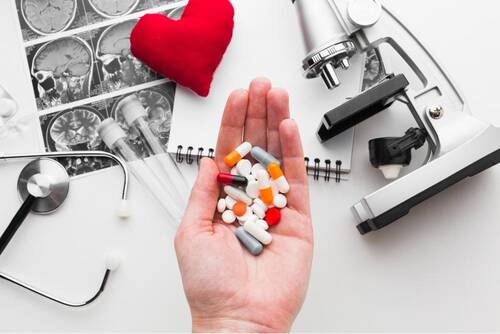
20 Sep Exploring the Essential Role of Pharmacovigilance in Drug Safety

Pharmacovigilance is the strict monitoring process in the drug industry to ensure that drugs are safe to administer. It simply ensures that public health is kept away from harmful drugs by keeping a tab on any safety concerns with the drug once it is on the market.
This blog explains the fundamental characteristics of pharmacovigilance, its significance, and what process is applied.
Pharmacovigilance: Overview and Importance
The science that detects, assesses, understands, and prevents adverse effects or any drug-related problems is what pharmacovigilance is defined as. That is short for the assurance that drugs used are safe and that the risks associated with them have been recognized and managed.
Though new drugs are tested in clinical trials, such trials may not include all cases or adverse effects that can occur in reality because of the diversity of populations. Once the drug is in mass use, pharmacovigilance monitors its performance and identifies the adverse effects that were not apparent during clinical trials.
It helps in pointing out the uncommon side effects that may not appear in clinical trials since there are few participants. With such drug vigilance and constant observation, safety information can be updated or dosages changed where applicable. In worst-case scenarios, drugs can be withdrawn. In addition, regulatory bodies such as the FDA, EMA or SFDA Pharmacovigilance demand continued pharmacovigilance activity to ensure companies are continuously in compliance with safety standards. This transparency and pro-activity in management lead to public confidence in drugs and the health care system.
How Does Pharmacovigilance Work?
Pharmacovigilance involves a systematic approach towards ensuring drug safety through the following steps:
Data Collection: Adverse drug reaction information is collected from various sources, including healthcare professionals, patients, and clinical studies. This data shall then be formed based on assessing a drug’s safety profile.
Data Analysis: All the collected data is analyzed on the adverse reactions shown. From that analysis, whether a drug has a risk factor for a benefit and in what proportion the benefits outweigh those risks.
Risk Assessment: On the premise of the risk factor from data analysis. Adverse effects in terms of severity and frequency may be fully understood to ensure the general safety profile.
Preventive Measures: When a drug is found to pose significant risks, preventive measures are taken. These might include revising dosage recommendations, implementing risk minimization strategies, or, in extreme cases, withdrawing the drug from the market.
Challenges in Pharmacovigilance
Although pharmacovigilance is important, it poses several difficulties. Important challenges that quality in data faces include risks originating from findings in reports that are incomplete or biased, with the potential otherwise to influence the analysis for safety. Furthermore, most health professionals and patients do not report adverse effects.
It also poses a challenge in the identification of potential risks. In this respect, data analysis entailing tracking many forms of data for trend spotting is extremely complex and thus costly, requiring a lot of expertise.
Future of Pharmacovigilance: Trends and Innovations
The growing use of real-world data in electronic health records and patient registries also provides deeper insights into drug safety in different populations and real-life settings. AI is being increasingly applied to large datasets to better track and facilitate the quicker identification of potential safety signals, thus enhancing both the speed and accuracy of pharmacovigilance activities.
The patient-centric approach, through patient experience and outcomes, provides an understanding of the real-life impact of drugs on patients. International collaboration on data sharing is more effective in detecting and managing drug safety issues worldwide; therefore, safety information can help ensured to be both comprehensive and updated.
Thus, pharmacovigilance is one foundation of drug safety, ensuring that patients are kept reaping more benefits from drugs while posing minimum risks. Pharmacovigilance helps chart out potential dangers and takes steps for prevention, and also sustains public confidence in pharmaceuticals. As technology and methods advance, pharmacovigilance too will play a vital role in protecting health and meeting a better outcome for the patient.
————
The information on MedicalResearch.com is provided for educational purposes only, and is in no way intended to diagnose, endorse, cure, or treat any medical or other condition.
Some links may be sponsored. Products, services and providers are not endorsed.
Always seek the advice of your physician or other qualified health and ask your doctor any questions you may have regarding a medical condition. In addition to all other limitations and disclaimers in this agreement, service provider and its third party providers disclaim any liability or loss in connection with the content provided on this website.
Last Updated on September 20, 2024 by Marie Benz MD FAAD
